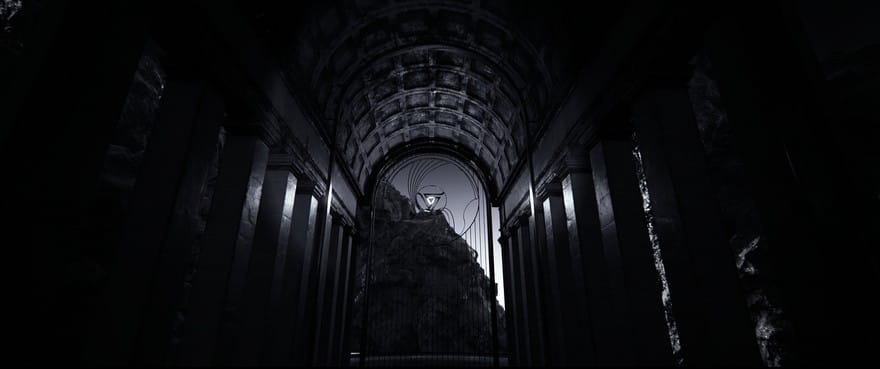This videogame shows the beauty of disregarding photorealism

This article is part of a collaboration with iQ by Intel.
“I don’t really like the term photorealism,” the game designer Orihaus says at one point during our conversation. I had gone in thinking that For Each Our Roads of Winter, his exquisitely polished next game, captures the stark landscapes of a film by the Swedish director Ingmar Bergman. Something about the way the light hits the craggy cliffs and ripples over the pitch-black sea looks stunningly real, like cinematography. To hammer out these harsh rock formations and saline-sprayed walkways, Orihaus is using Unreal Engine 4, the newest game creation-tools that allows for eye-popping levels of visual fidelity. But the strange thing is, as we inch ever-closer to the graphical singularity, it’s becoming clearer that “photo-real” may be the wrong way to think about it—or the less interesting one, anyway.

Orihaus lives in New Zealand and comes across as even more mysterious than his game. When I asked about his pen name, his response was “it’s not really meant to come from anywhere, which is largely its point!” Why is his art blown-out in high contrast, heavy on the black? “It’s my style. I didn’t really choose it based on advantages or disadvantages.” What does he want the player to feel, to think? “If I could tell you that, I wouldn’t need to make the game, would I?” He could, however, tell me the cryptic artists who he counts among his influences. He has the interweaving stories of Jorge Luis Borges to thank for the game’s overall tone and “sense of secret history,” name-dropping The Library of Babel specifically. Meanwhile, the architecture in the game is inspired by Etienne-Louis Boullee’s unearthly neoclassical monuments and the chimerical dungeons of Giovanni Piranesi’s famous prints. For the most part these are works of imagination that remain unbuilt, much less photographed.
Putting the proverbial air-quotes around realistic.
Photorealism, as Orihaus sets it up, implies that looking through a camera lens is the de facto “real” way of seeing things. The problem with this view is it overlooks the fact that computer graphics as a medium has different qualities than film stock. “It’s not that it’s too clean. It’s more that everything has a CG sheen because it’s built to be aesthetically pleasing, as well as realistic,” he says of today’s ultra-pretty games, putting the proverbial air-quotes around realistic. We’ve already crossed the threshold where visuals produced by computers are more pristine than film and its graininess could ever dream, as For Each Our Roads of Winter’s extra-sharp, almost glistening coastal scenes make clear. What’s more, he explains, “Even the most hands-on film directors don’t have the level of control over a set that’s built essentially atom by atom by an individual, like this is.” To hold up pictures taken with cameras as the high-water mark would be binding digital art’s hands behind its back, so to speak.

Another issue Orihaus runs into frequently is that once games start looking like a photo, we expect them to be accurate in other ways, down to the finest details. We notice little things, such as whether or not the moss on basalt columns would actually flourish in saltwater, as Orihaus has explained. “What I’m more interested in is the possibility to say more with visuals,” he tells me—for instance, with an unnatural selection of architectural styles, the way For Each Our Roads of Winter interbreeds Roman mausoleums with Celtic filigree. “I’m more interested in … the juxtaposition of things that in reality we wouldn’t see,” he claims. This concept may be foreign to photorealism, but Orihaus’ work shows the possibilities of disregarding it: a place where gleaming coves and immaculate symmetry meet on a strange, glowing horizon.
Photos via flickr: Orihaus



